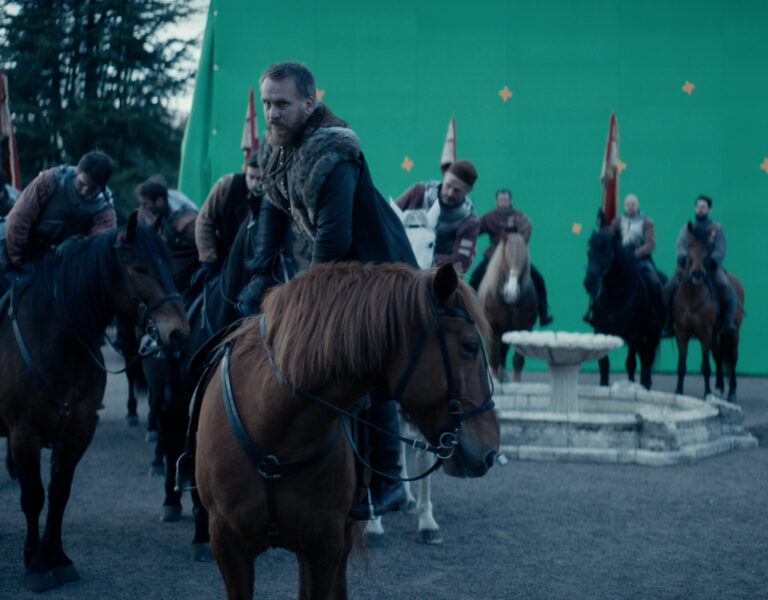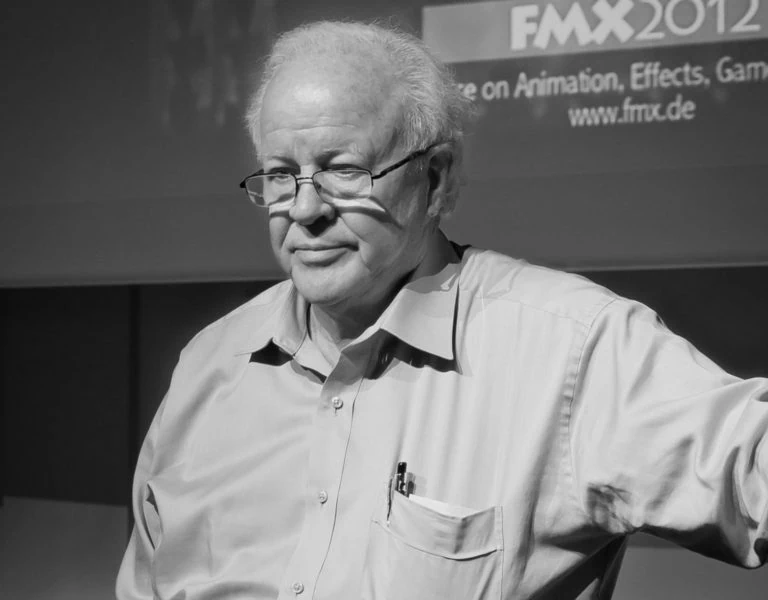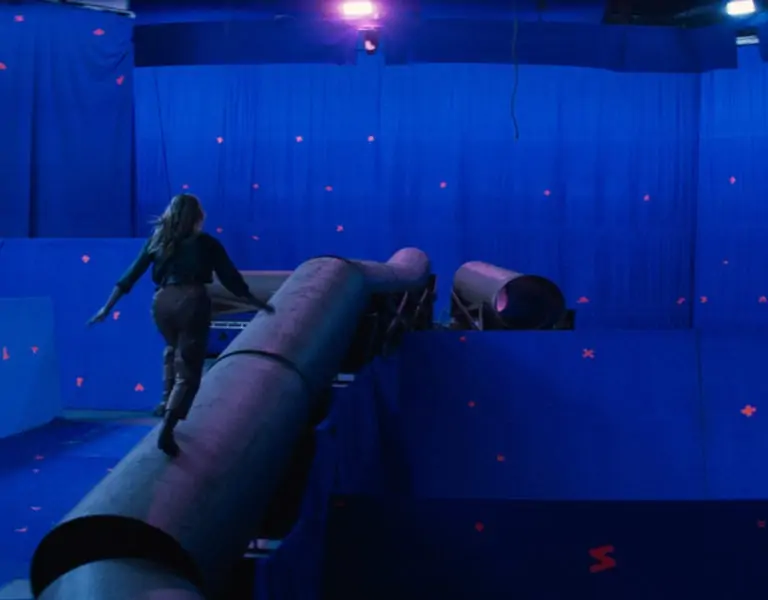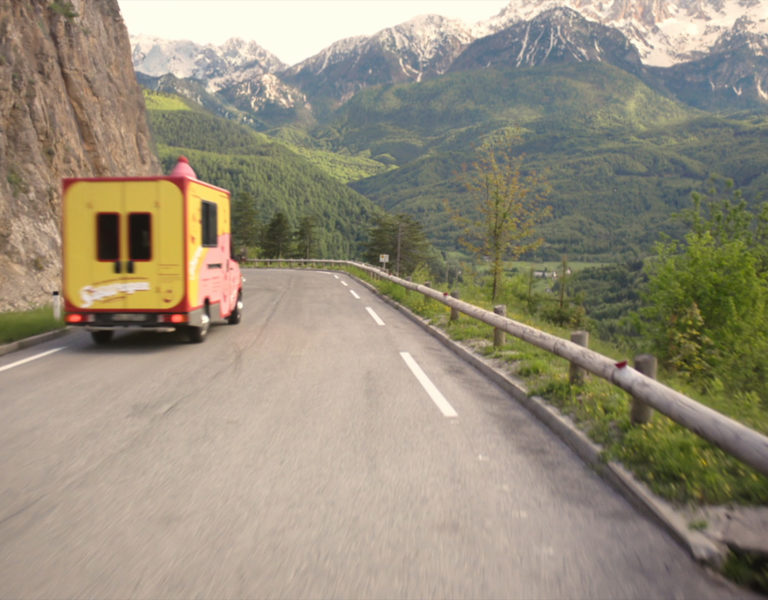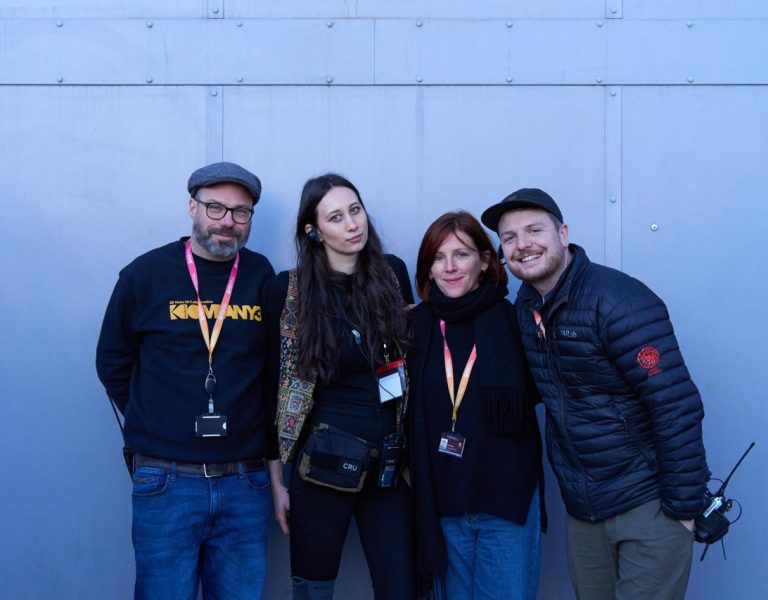Napoleonic coding
Henry Badgett from BlueBolt explains the team’s approach that secured Napoleon a place on the Academy’s visual effects longlist.
Ridley Scott described his recent epic Napoleon as “a character study with violence, with action, with everything you got”, as opposed to another history lesson. The 2023 Apple original drama, written by David Scarpa and shot by Dariusz Wolski ASC, examines the French emperor’s rise to power, starring Joaquin Phoenix as the lead and Vanessa Kirby as Napoléon Bonaparte’s first wife Joséphine.
Certainly, the 157-minute film prominently features extensive battle scenes, such as Austerlitz and Waterloo, and the remarkable visuals capturing these moments have not only earned the film a spot on the Oscar VFX longlist but also secured it a place in the Bafta longlist for the Outstanding British Film category.
Henry Badgett, VFX supervisor at BlueBolt, one of the vendors that worked on the film, explains how his team tackled the challenge of merging various filming locations for the Siege of Toulon sequences to create a coherent environment.
“The story location in question is a fort on three levels (low ground or sea-level, middle courtyard approach, and upper walls) and each level was filmed at a separate location, so by adding the missing locations and the wider harbour environment they can be tied together,” he explains. “Each filming location is created digitally in a proxy form by the Matchmove team and the three models are brought into the same scene and positioned for the best line-up that works for the greatest number of shots. Decisions are made over details in the real location or the set build (like a window in a tower for example), whether to keep and add them to all shots, or sometimes to remove them from a small number of shots so we don’t then have to add them to more shots for continuity. The deep background digital matte painting is a constant in most of the shots to tie them together.”
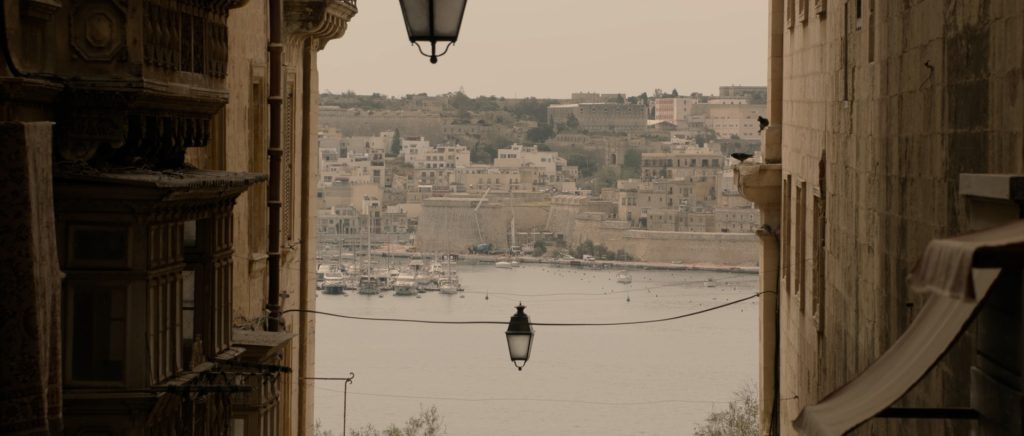
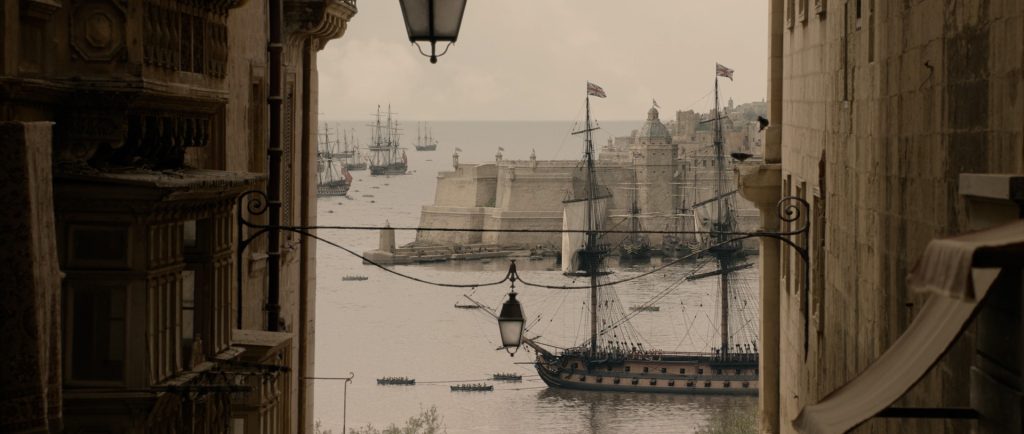
HISTORICAL REFERENCES
Even if Scott’s vision was to deliver more of a focus on Monsieur Bonaparte’s personality than educating audiences on one of Europe’s richest periods of history, research still had to be undertaken. “Our research into the architecture of 18th-century Paris was supported by the in-house VFX team who did a bit of postviz on the scene looking down the street, and by the production’s historical adviser Inigo Minns who gave us some annotated drawings on top of their work,” adds Badgett. “One wing of the Louvre Palace in Paris was our key reference for an administrative building in the background behind Napoleon’s soldiers. Inigo gave us the sign off on the idea of using that building and we rebuilt it in 2.5D pretty accurately minus some distracting roof sculpture. In the other direction behind the crowd of rioters we added a DMP based on very rough geometry for scale and perspective, using references from contemporary paintings of Paris streets.”
Specific historical references, such as paintings and engravings, were utilised for the VFX work and BlueBolt’s VFX work was also informed by reference paintings and engravings of the events from the period. For example, for the end of the Battle of Toulon:

And this for an overview of the Navy from 1804:

What’s more, Badgett details how his team approached the creation of CG historic ships for the battle scenes, considering the intricacies of period rigging and detailing. “BlueBolt has plenty of experience with historic ships on past projects,” he adds. “We built HMS Victory in high detail, and three other large ‘hero’ ships in less detail, then about three ‘hero’ mid-size and three ‘hero’ small boats. These were all duplicated with variations when needed until the fleet was about 45 ships. There is a Haynes manual on HMS Victory which came in useful. The rigging and sails of the large ships were all animated with cloth simulations ready for wind and impacts. In the shots where you see splinters flying off and masts falling, these were animated individually, with a simulation for the mast collapse which was often tweaked by hand to change the timing, and another sim for the splinters, sometimes doubled by a comp element. For the textures, we found we had to add a little extra texture than the real ship references displayed otherwise the paint layer on them looked too plastic.”
Still it wasn’t all plain-sailing for the team as the main creative challenge was the dramatic final explosion on the ammunition ship. “For a while it looked like a nuclear explosion going off, until we separated it into smaller explosions building into a larger one,” Badgett continues. “Technically the mortar explosions were difficult to strike the right balance because they looked a bit like fireworks, which is pretty, but we also want the audience to understand it is explosions of dangerous hot chunks of metal. So, tweaking the motion blur and the spin and the glow on them, for example. The FX and lighting work were key as the FX explosions and flashes also needed to light the scene, vastly more than if it were daytime. As a result, the timing and animation of these mortar explosions were crucial and needed careful execution, also requiring off screen as well as on screen explosions to achieve the immersive feel of the dramatic battle.”
Badgett also elaborates on how his team replicated and enhanced the crowd scenes for the Paris Riots, including the utilisation of motion capture and CG elements.
“For the crowd replication layers, we painted out jerk-rig wires from an entire row of crowd and individually tracked on blood patches and removed limbs from victims after the cannon fire. Some gaps were filled with CG crowd that could take more violent reactions,” he continues. “These crowd actions were animated with motion capture performed by stunts from a session at the Imaginarium in Ealing Studios. The crowd was waving large flags, some of which were replaced by 3D simulations to allow for violent tearing from the cannon shot. The shots were finished with 2D element dressing for cannon fire, smoke, torn fabric floating in the air and two types of blood – a misty blood vapour and a wet blood spray. The crowd are seen throwing various 3D bottles and stones which were individually hand animated.
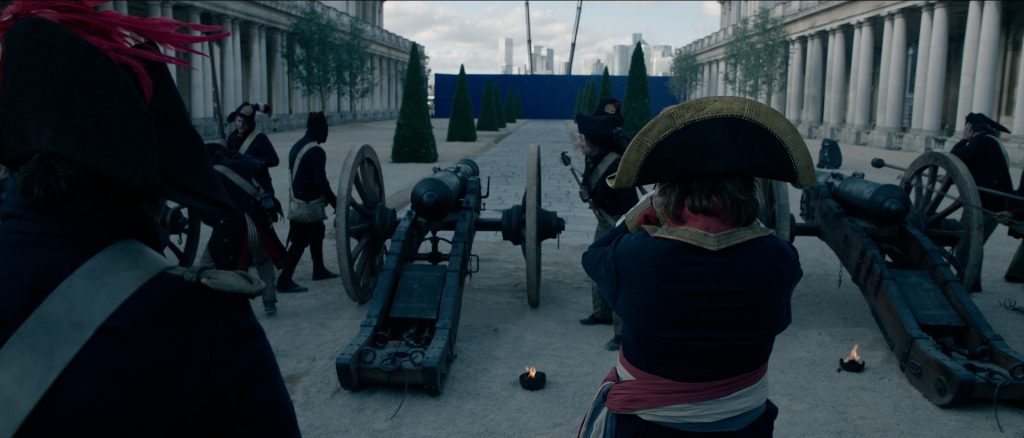
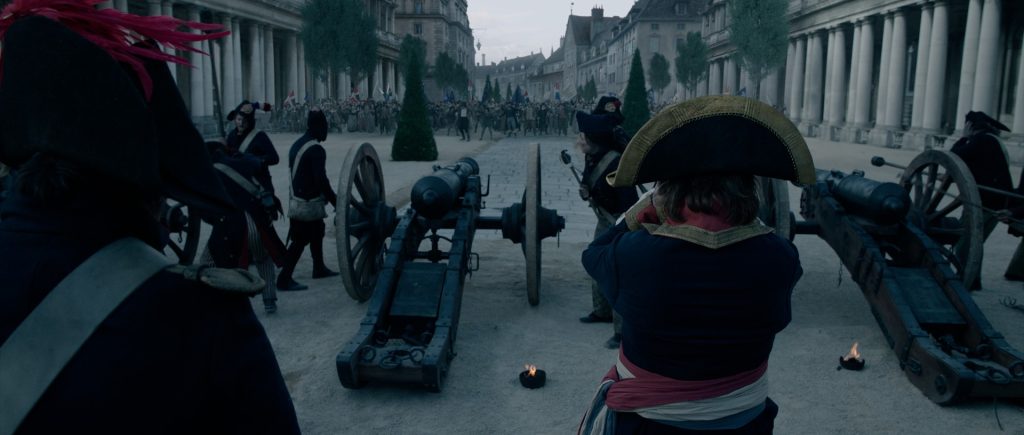
NO NAPOLEON COMPLEX-ITIES
When it came to integrating subtle VFX throughout the film to enhance the overall immersive experience, Badgett says the team deployed “very straight-forward techniques, such as adding subtle things like seagulls to shots near the harbour” (CG and real elements). “Adding a very slight rocking motion to the view out of the window of the ship when Wellington meets with Napoleon,” he says. “Crowd replication – and not just for people but also for the goats. All these ideas come up in post on every project, but it’s nice to work on a show where you actually do them.” Badgett also highlights the importance and challenges of incorporating realistic FX, “like cannon fire and smoke, into rioting crowd scenes”. However, he only grasped the full emotional impact of one scene when he sat in the cinema and watched the finished film post-release.
“When you are working on blood and gore you quickly get desensitised to it,” he adds. “The cannon fire that Neil Corbould (special FX supervisor) had done was amazing, so we didn’t have to do much extra, but the little details we added to the cannon fire help you understand the story – that Napoleon has specifically loaded the cannon with damaging grapeshot – and it helped with a couple of cuts. The VFX was successful because of the high quality elements we had available from Neil of people and trees getting hit.”
Napoleon is available on Apple TV+.




